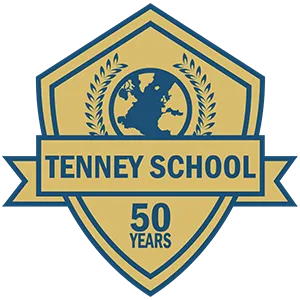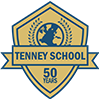As a parent, sending your child to school can be overwhelming, especially with the number of schools there are. The bottom line is, a parent wants the best for their children. The best school for your child is one where they are safe, are under good care, and thrive. There are different factors to consider when choosing a private school. One critical choice a parent faces is whether to send a child to a private or public school—and to break it further, the particular school. Private schools vary in multiple elements, making a choice even more complex. This guide seeks to help you understand what private schools offer, their types, and the difference between private and public schools.
Types of Private Schools
The common types of private schools are schools for the arts, preparatory schools, and one-to-one schools.
Preparatory Schools
Preparatory schools are private primary schools whose purpose is to prepare pupils to enter private secondary schools. They have pre-preparatory sections and admit children from the age of 4 years.
One-to-One Schools
A one-to-one private school is one where students learn in a traditional classroom setting, except they are the only ones in the class. The student has teachers that specialize in different subjects. The teachers follow a set schedule for the student.
School for the Arts
Unlike other schools where art is an extracurricular activity, the school for the arts teaches art full-time. There are plenty of rehearsals, recitals, and art performances throughout the day. These schools are ideal for artistically talented students.
Core Differences Between Private and Public Schools
1. Pupil/Teacher Ratio
According to the National Center for Education Statistics, the average pupil/teacher ratio in public schools was 16. The ratio in private schools is 11.9. Although the ratio varies from one school to another, the pupil/teacher ratio is lower, meaning that students receive more attention and there are more grown-ups to cater to student needs.
2. Classroom Dynamics
Although public and private schools vary in size, private schools are often smaller. The disadvantage of overcrowded schools is that students do not receive individualized attention. Students do well when they get individualized attention from educators.
3. Classroom Size
Private school classrooms are smaller than public school classrooms, with class size caps, and are filled. Unlike public schools, most of them are not open to the public. They invite parents to apply for student positions, depending on the vacancies available.
4. School Curriculum
A private school operates on its own and even create its unique educational programs. This is good to allow a parent to choose a school with an approach that suits their child’s needs. On the other hand, federal and state education departments oversee public schools and have input on the curriculum these schools offer.
5. Diversity and Demographics
Private schools strive to be diverse and offer an inclusive learning environment. However, public schools have a higher level of economic and racial diversity. Private schools offer scholarships to students from low-income homes, but still, most students in these schools are from middle and upper-class families.
6. Special Needs and Gifted Children
Most private schools have provisions for children with special needs and uniquely gifted children. Children with autism, behavioral issues, and learning disabilities need special attention. Public schools have requirements from the government to provide special needs education.
Deciding if you should take your child to a private school can be difficult. However, taking a proactive approach will help you reach an informed decision. You can consider visiting a private school and engaging parents and students about their experiences with a particular school. If you are still uncertain about the private school to send your child, take your child to Tenney School. Tenney School is a private school in Houston whose instruction method is the one-to-one classroom. This one-to-one approach guarantees that every student receives a lot of attention to maximize their academic potential. The school has students from talented students, international to students with learning differences, making it among the highest learning institutions in Houston.


